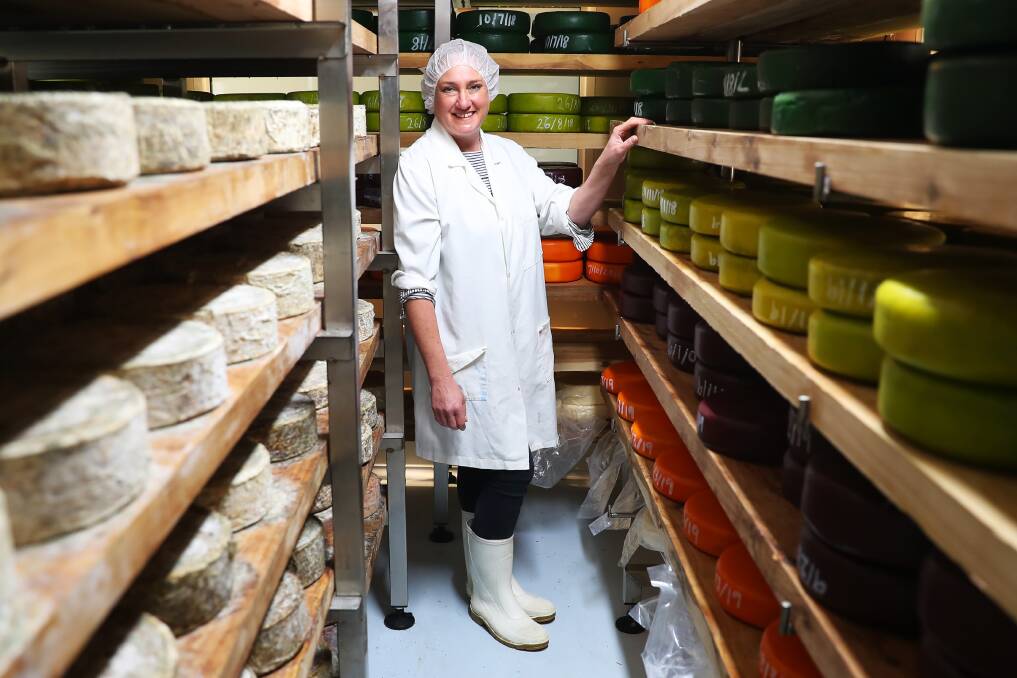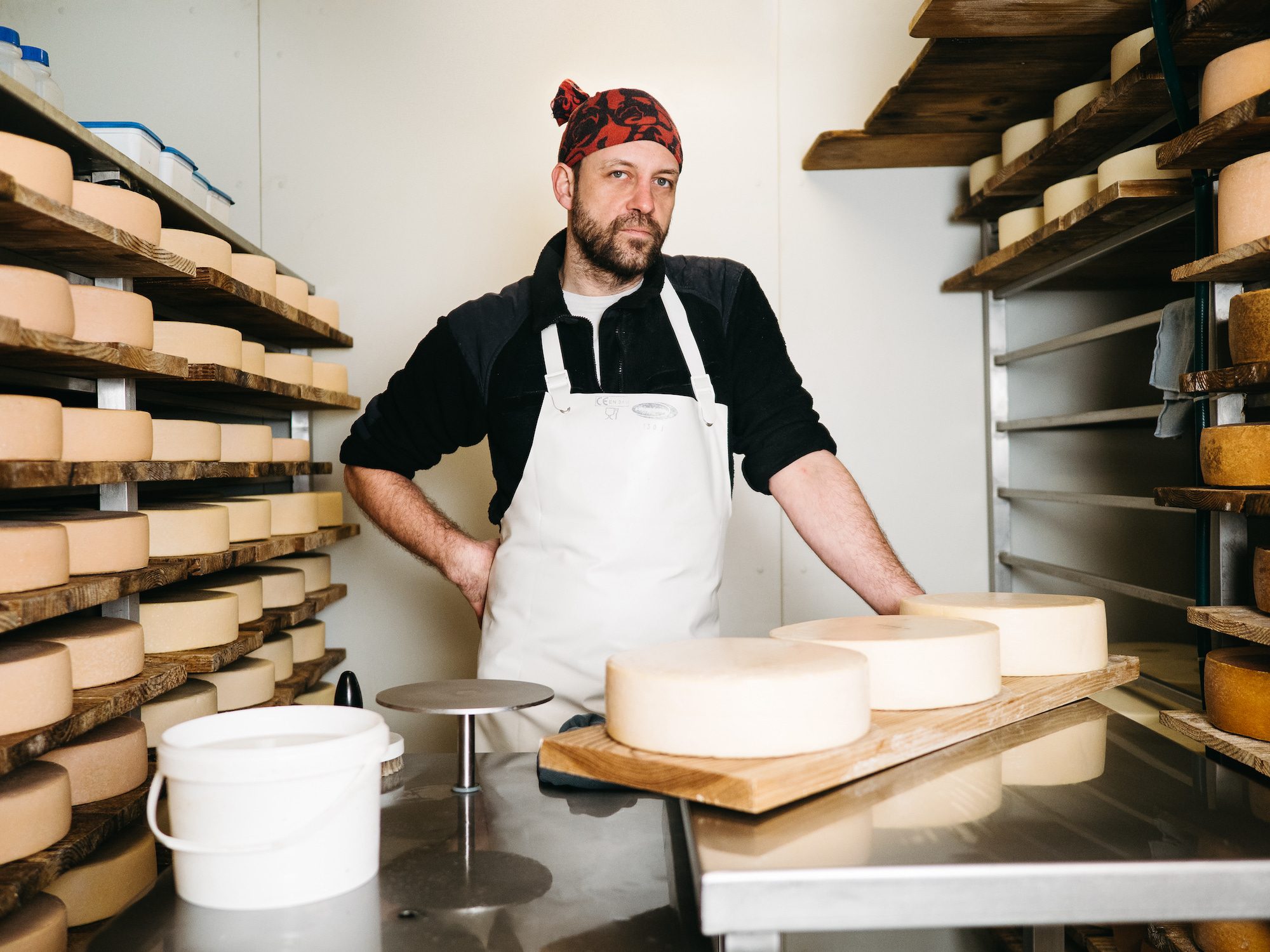From Thomastown to Your Table: The Excellence of Floridia Cheese Melbourne
From Thomastown to Your Table: The Excellence of Floridia Cheese Melbourne
Blog Article
Opening the Keys of Artisanal Cheese Making: A Detailed Do It Yourself Overview
In the realm of culinary craftsmanship, artisanal cheese making stands as a testimony to the delicate balance in between tradition and advancement. Each step in the process, from picking the right milk to improving aging techniques, holds within it a wide range of expertise passed down through generations. As we embark on this journey to debunk the art of developing beautiful cheeses, we are confronted with a tapestry of secrets and abilities waiting to be deciphered. Join us as we discover the intricacies of this old craft, where scientific research, perseverance, and art assemble to generate flavors that tantalize the senses.
Choosing the Right Milk
When starting the trip of artisanal cheese making, the option of milk plays a critical function in identifying the top quality and qualities of the end product. The sort of milk chosen impacts the taste, structure, and in general profile of the cheese. Raw milk, right from the pet, is liked by lots of artisanal cheesemakers because of its unique mix of enzymes, microorganisms, and flavor compounds. Nevertheless, making use of raw milk includes regulations and dangers, making pasteurized milk a safer option for newbies.
Additionally, the resource of the milk, whether from cows, goats, lamb, or buffalo, contributes distinct tastes and characteristics to the cheese. Each kind of milk brings its own nuances, enabling for a broad array of cheese selections to be crafted based on the selected milk.
Culturing and Coagulating
To launch the cheese-making procedure, the important steps of culturing and coagulating should be thoroughly executed to change milk right into curds and whey. The kind of society used can considerably impact the taste, appearance, and ripening of the last cheese item.

The timing and temperature level control during culturing and coagulation are vital elements that influence the final outcome of the cheese. Correct execution of these actions is necessary to make certain the wanted structure, taste, and uniformity of the artisanal cheese being created.
Draining and Pressing Curds
After the milk proteins have coagulated and the curds have been reduced to launch whey, the next important step in artisanal cheese making entails draining and pressing the Continued curds to achieve the preferred texture and consistency of the last cheese product. The time for draining can differ depending on the kind of cheese being made and the preferred moisture content.
Pressing aids remove any kind of remaining whey and compacts the curds to develop a strong cheese wheel. Appropriate draining pipes and pushing are vital actions that significantly impact the quality and features of the artisanal cheese being created.
Aging and Flavoring Strategies
Applying meticulous aging and flavoring methods is crucial in enhancing the deepness and intricacy of artisanal cheeses, elevating their preference accounts to elegant degrees of improvement and elegance. Aging plays an essential function in creating the special flavors and textures that identify artisanal cheeses.
Seasoning strategies also add substantially to the last taste of artisanal cheeses. Cheesemakers may select to present additional flavors by incorporating active ingredients such as natural herbs, seasonings, or also fruits right into celebrity throughout the manufacturing procedure. Furthermore, some cheeses are washed or rubbed with numerous liquids, such as brine or alcohol, to enhance their tastes and textures.
Covering and Storing Cheeses

Verdict
In final thought, grasping the art of artisanal cheese making involves thoroughly picking the right milk, adhering to exact culturing and coagulating procedures, draining and pressing curds effectively, and using numerous aging and flavoring methods. By adhering to these actions diligently and with focus to detail, you can develop your very own delicious and distinct cheeses in your home. Keep in mind to cover and save your cheeses effectively to make certain optimum flavor and appearance growth. Delighted cheese making!
Each type of milk brings its very own nuances, permitting for a wide range of cheese ranges to be crafted based on the selected milk.After the milk proteins have actually coagulated and the curds have been cut to release whey, additional hints the next vital step in artisanal cheese making includes draining and pressing the curds to accomplish the desired structure and uniformity of the last cheese item. Many cheeses need to be wrapped in wax paper or cheese paper to enable them to breathe while shielding them from drying out. For cheeses that require to proceed aging, such as bloomy rinds or cleaned rinds, ensure they are saved in an amazing atmosphere like a cheese cavern or a refrigerator set to the appropriate temperature level. By paying attention to the covering and storage space of artisanal cheeses, cheese manufacturers and enthusiasts can maintain the integrity of these delicacies and fully enjoy their intricate flavors.
Report this page